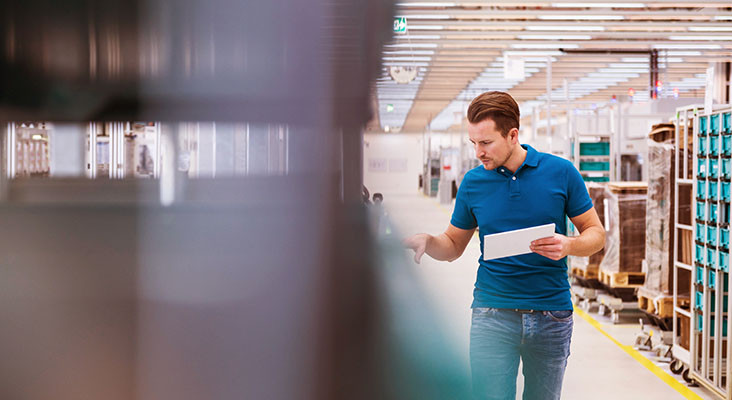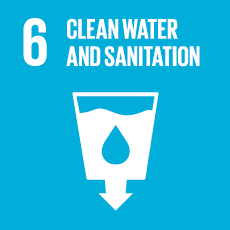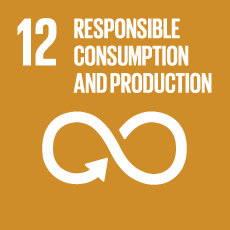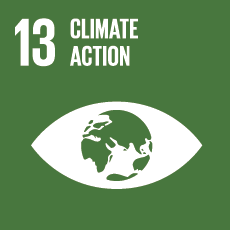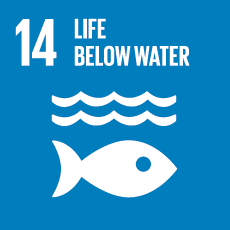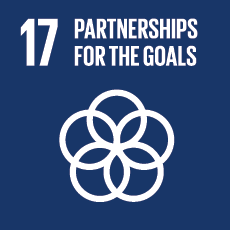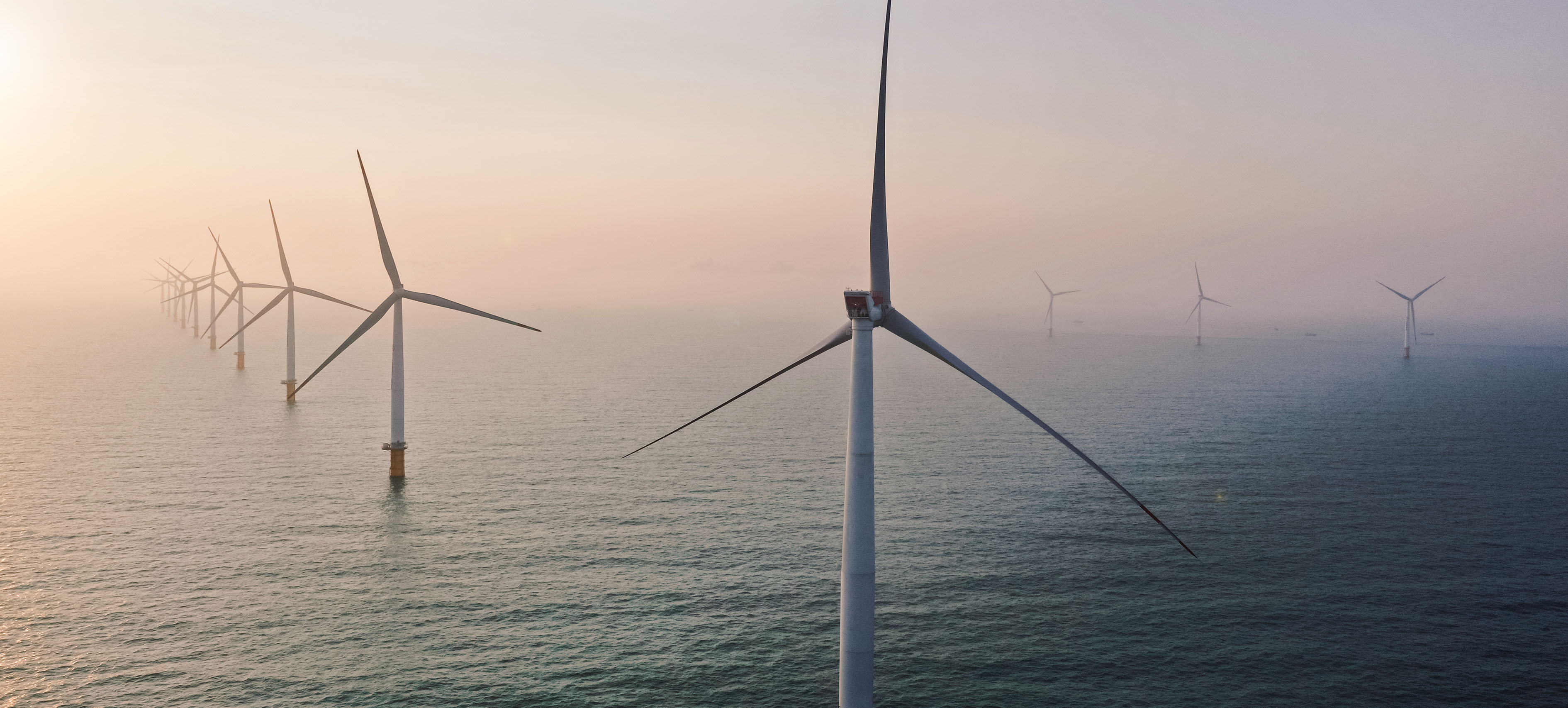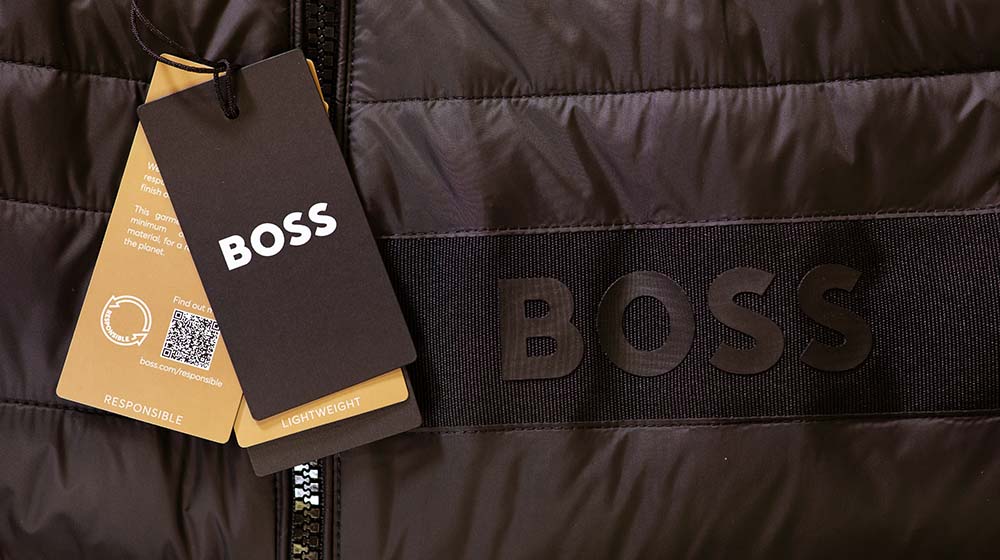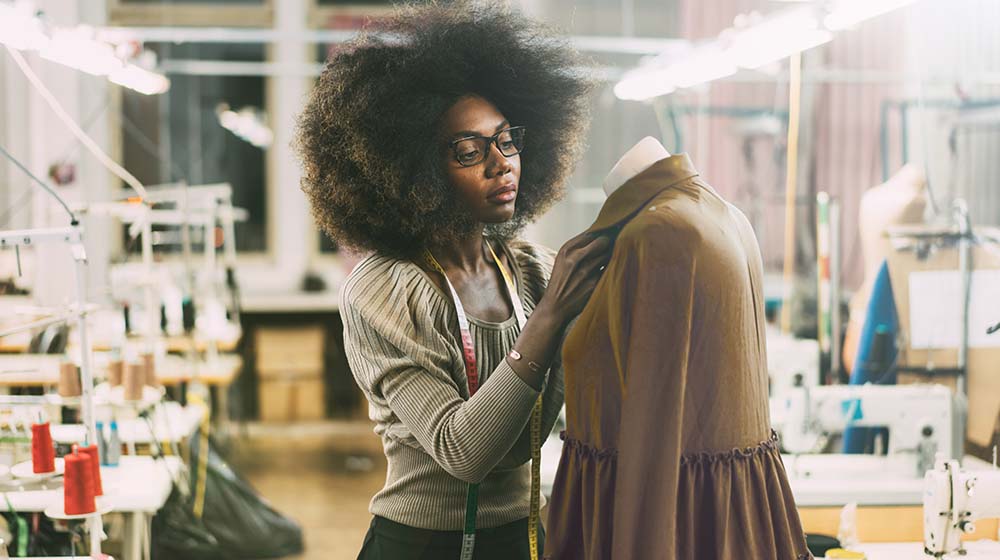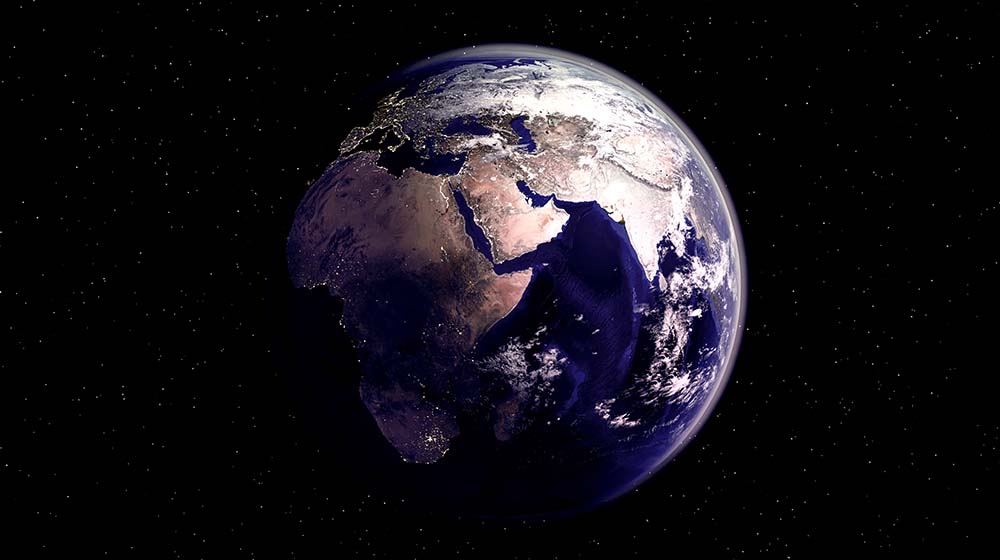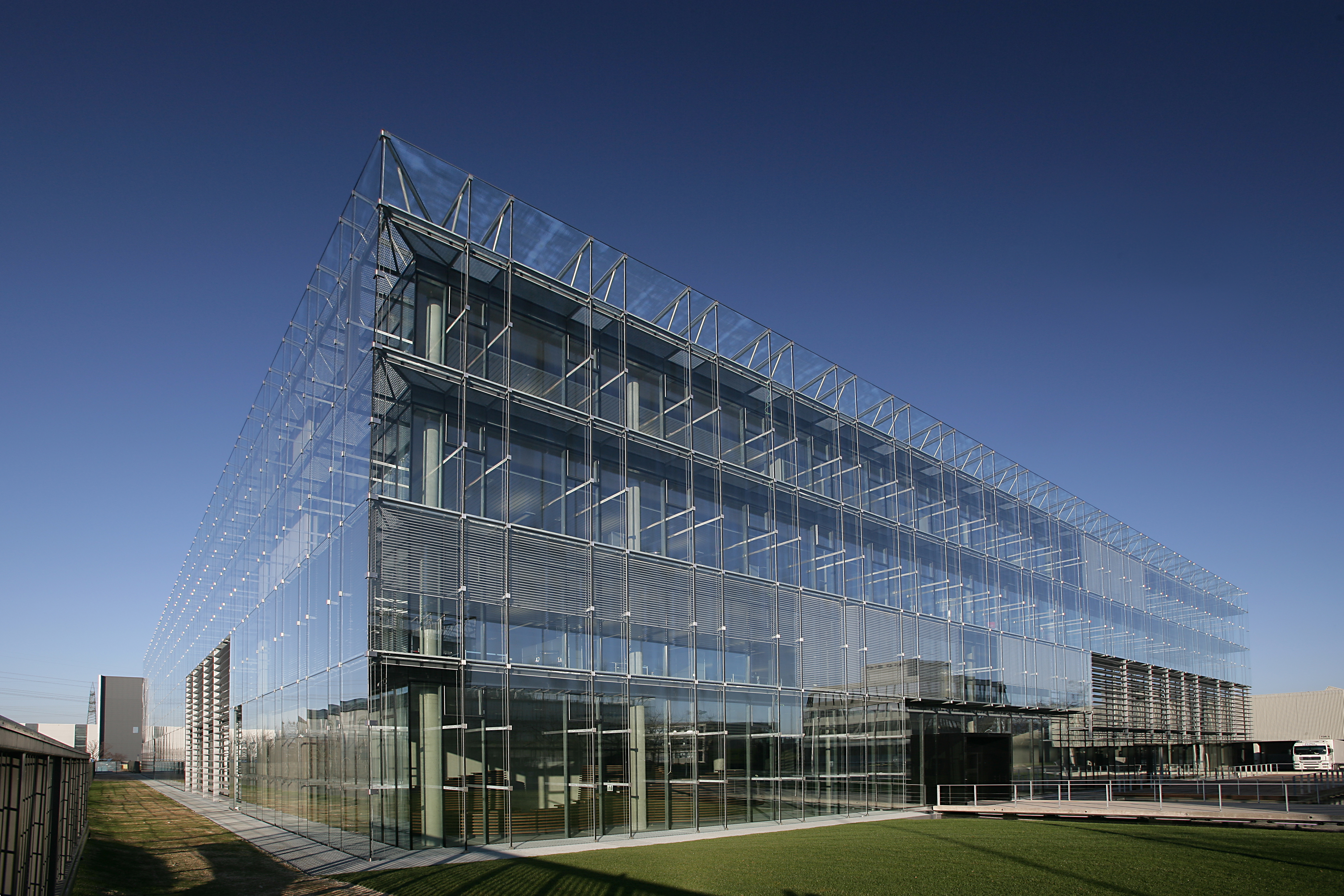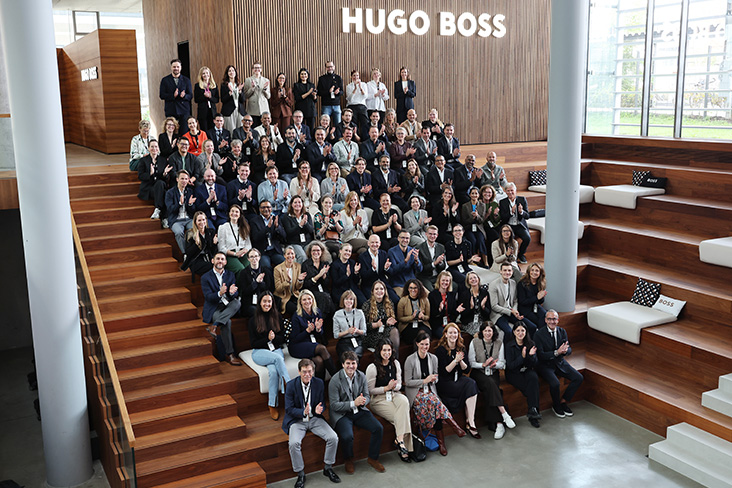We deeply care
for our planet
Future generations will only be able to live on a healthy, intact, and biodiversity-rich planet, if we actively take care of our environment now. We are aware that the fashion industry leaves an ecological footprint. However, we want to reduce this step-by-step. Therefore, it is our goal to cut CO2 emissions to net zero, conserve resources by offering CIRCULAR products and services and protect biodiversity by fighting microplastics and leveraging nature-positive materials.
CLIMATE PROTECTION WITH STATE-OF-THE-ART SCIENCE
We are working on reducing our emissions in our own area of responsibility and along our entire value chain. To meet our ambitious climate protection goals, we are following an effective and efficient strategy. We follow scientifically based knowledge guiding us in the reduction of greenhouse gas emissions along our value chain. As methodologies and international regulations continue to evolve, the Company‘s existing climate transition plan is currently under review.
Environmental protection is incorporated in all stages of the value chain by HUGO BOSS, particularly in the supply chain, where the majority of emissions take place. Clearly defined standards in relation to environmental protection and chemical and waste-water management also apply to our suppliers. When we decide to work with a supplier, we place a strong emphasis on ecological aspects and continue to monitor them during our collaboration. If it becomes clear that the agreed standards are no longer being complied with, we work together with the supplier on a corrective action plan (CAP).
STATUS QUO OF OUR GOALS
We have set ambitious targets for reducing our CO2 emissions, and we still have some progress to make. Instead of a reduction in emissions, we still see an increase of Scope 1-3. While our emissions in Scope 1 and 2 have fallen, Scope 3 has increased compared to the base year and accounts for approximately 95% of the emissions in our whole value chain. As a result, emissions have increased by 20% across all Scopes (Scope 1-3) compared to 2019, mainly due to increasing production volumes since 2019.
We are intensifying our measures so we can reach our targets. This includes working even more closely with our suppliers, as most CO2 emissions are generated in the supply chain.
It is also important for us to note that in 2024 HUGO BOSS refined its methodology for calculating Scope 3 emissions. This is to further enhance accuracy and credibility, aligning fully with the methodology outlined by the GHG Protocol. That is why, to ensure comparability, prior-year figures have also been recalculated.
Energy & Environment: Projects in our own area of responsibility
The more energy we save along our entire value chain, the less CO2 we produce. With the established GREENBUDGET program, we are encouraging environmental projects in our own area of responsibility, such as the installation of temperature control steam traps at our production site in Izmir, Turkey. They help to ensure an energy-efficient process and insulated steam pipelines with valve jackets to reduce heat loss.
.
Our Environmental Program for Suppliers
Clearly defined standards apply to our suppliers with regard to environmental protection which, among other things, we have laid down as mandatory in the Supplier Code of Conduct. They are covered by the environmental module of our Supply Chain Sustainability program. The principles of environmental protection set out in the HUGO BOSS Environmental Policy, which is publicly available, also apply to all of the Company's suppliers. It also takes into account current developments in the area of climate protection, for example. Components of these frameworks include, for example, energy consumption and greenhouse gas emissions, water consumption, chemicals and wastewater management, waste management and other aspects related to the environment. The most far-reaching requirements apply to suppliers whose production processes have the highest environmental and climate impact.
We check our requirements in dealing with wastewater, energy, and greenhouse gas emissions in audits for resource-intensive suppliers. Our foundation for analysis and improvement of environmental protection in our supply chain forms the environmental module of the Global Social Compliance Program (GSCP) HUGO BOSS has worked on optimizing the GSCP Open Source environmental program for many years, in collaboration with the GSCP and other experts. Particular attention is paid to energy consumption and greenhouse gas emissions in accordance with the United Nations Framework Convention on Climate Change (UNFCCC), as well as prevention of pollution and compliance with wastewater guidelines in accordance with the Zero Discharge of Hazardous Chemicals (ZDHC) initiative.
If a partner fails to satisfy the demands of HUGO BOSS, the company draws up corrective action plans, aimed at rectifying the insufficiencies. Extensive information about the audits conducted and their results is available in the HUGO BOSS Sustainability Report.
Climate Protection at HUGO BOSS
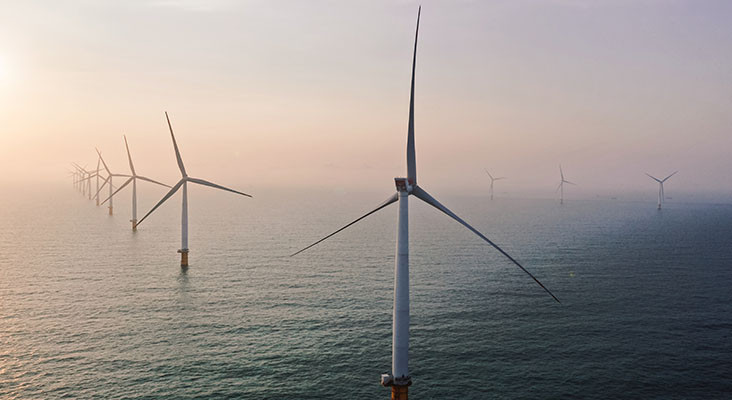
CONSERVING RESOURCES FOR A GREENER PLANET
If we want to safeguard our planet, we must conserve its resources. This is why we are, among other measures, reducing our water consumption with efficient water management. For instance, in our Izmir (Turkey) location, we catch surface water in underground water tanks. The water is then used for irrigation and for the sanitation facilities on the site. It is equally important to reduce waste and recycle. This already begins in the design process: intelligent cutting programmes calculate the optimal distribution of product parts on each piece of fabric to conserve raw materials. We opt for reusable packaging with a high proportion of recyclable materials for shipping goods, and we are also reducing the volume and use of plastic in product packaging, wherever possible. We also strive to act in accordance with the circular economy principles when developing products by making them circular.
This is how we reduce water consumption and waste
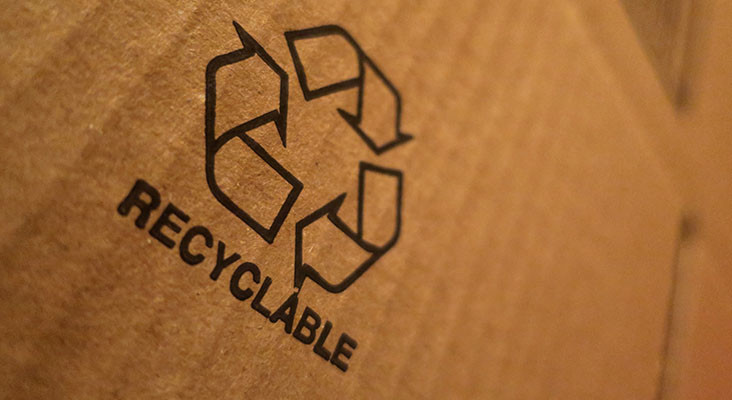
Processes and chemicals

WHAT IS THE LINK BETWEEN FASHION AND BIODIVERSITY
Our business depends on the resources provided by our planet. We have an impact on biodiversity through the consumption and processing of these resources. Since it is important for us to protect the diversity of species on our planet, our actions are strictly governed by recognized standards in animal welfare, and environmental and climate protection.
The future of the fashion industry is closely linked to the future of agriculture. By working towards ensuring 100% of our natural materials originate from regenerative agriculture or closed-loop recycling by 2030, we are making a commitment to soil conservation, to ensuring this important basis of life remains healthy.
We source and process our materials with nature in mind. One example is our collaboration with the environmental organization Canopy, through which we are working on the more sustainable sourcing of paper and cellulose fibers like viscose, modal, and lyocell. The goal is to protect old and endangered forests.
We also have a special responsibility for animal welfare, in the processing of materials with animal origins, such as leather, wool and down in our products. Our own animal welfare guidelines state our commitment to the recognized standards for protected species and animal protection.
We also give due consideration to the protection of biodiversity in our manufacturing processes, for example in the use of chemicals or in energy management. And we also consider the use phase: since microplastics are released into our environment, including our oceans, when synthetic clothing is washed, we aim to reduce the use of polyester and polyamide to 0% by 2030. Requirement for this is the availability of alternative materials.
Our commitment to biodiversity
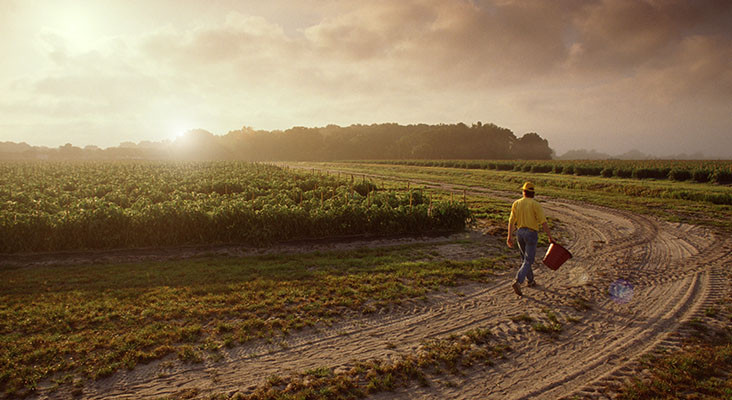
MORE SUSTAINABLE PACKAGING AND LOGISTCIS
As an international company, we manufacture in many locations and supply customers all over the world with goods.
Examples of how we reduce our greenhouse gas emissions in our business include transportation routes with a focus on more CO2-efficient transport such as rail and sea freight. Door-to-door transportation, avoiding detours via centralized logistics hubs, also shortens transport routes. Together with our global logistics partners, we are also exploring alternatives such as biofuels.
We use packaging to ensure our goods arrive safely at their destination. For this we choose better materials like recycled paper and plastic, reduce the overall amount of packaging and reuse, wherever possible. This means that cartons are used multiple times in our logistics operations, and we are increasing the share of recycled plastics and certified paper in product and service packaging.
Logistics and packaging in detail
